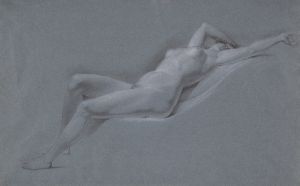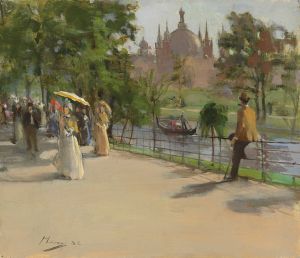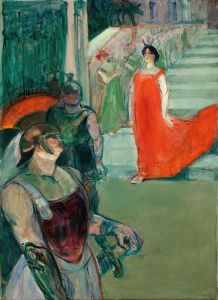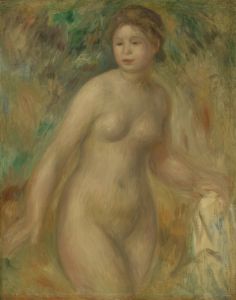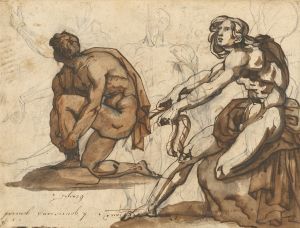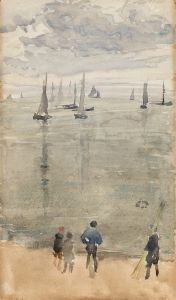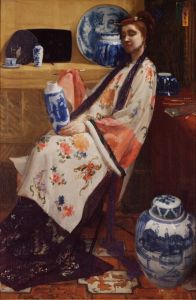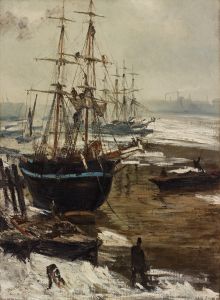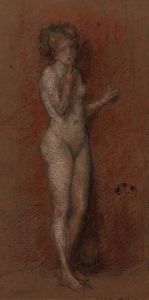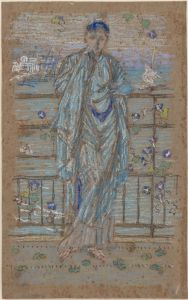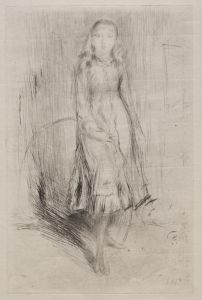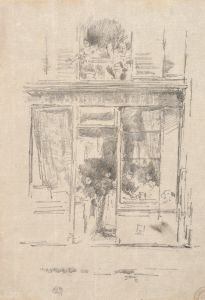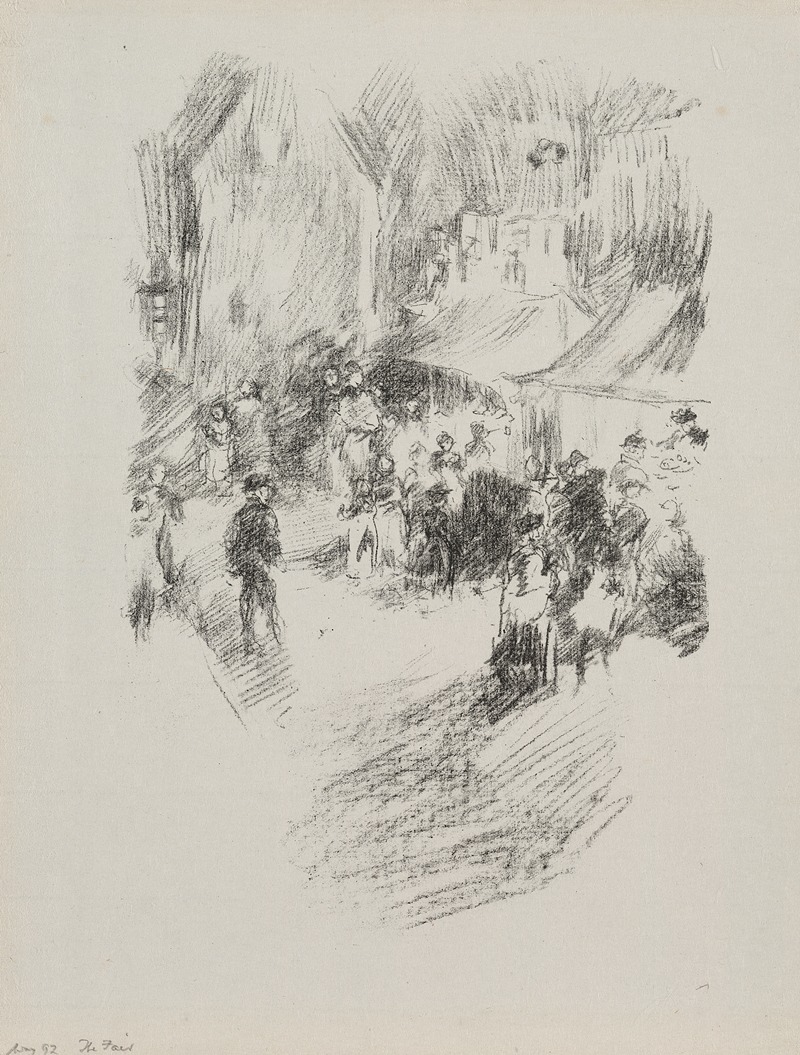
The Fair
A hand-painted replica of James Abbott McNeill Whistler’s masterpiece The Fair, meticulously crafted by professional artists to capture the true essence of the original. Each piece is created with museum-quality canvas and rare mineral pigments, carefully painted by experienced artists with delicate brushstrokes and rich, layered colors to perfectly recreate the texture of the original artwork. Unlike machine-printed reproductions, this hand-painted version brings the painting to life, infused with the artist’s emotions and skill in every stroke. Whether for personal collection or home decoration, it instantly elevates the artistic atmosphere of any space.
James Abbott McNeill Whistler was an American artist active during the late 19th century, known for his contributions to the Aesthetic Movement and his innovative approach to art. Among his many works, "The Fair" is one of his lesser-known paintings. However, due to the limited availability of detailed historical records and analysis specifically about "The Fair," comprehensive information about this particular painting is sparse.
Whistler's oeuvre is characterized by his distinctive style that often emphasized mood and atmosphere over detailed representation. He was influenced by a variety of sources, including the works of the French Impressionists and Japanese art, which is evident in his use of color and composition. Whistler's approach often involved a harmonious arrangement of colors and forms, aiming to evoke an emotional response rather than simply depict a scene.
"The Fair" likely reflects Whistler's interest in capturing the essence of a scene through his unique artistic lens. While specific details about the painting's creation, such as its date, location, and the exact subject matter, are not well-documented, it can be assumed that Whistler applied his typical techniques. These might include a focus on tonal harmony and a subtle interplay of light and shadow, which are hallmarks of his style.
Whistler's broader body of work often explored themes of modernity and the fleeting nature of life, frequently depicted through urban scenes, portraits, and nocturnes. His famous works, such as "Arrangement in Grey and Black No. 1" (commonly known as "Whistler's Mother") and the "Nocturne" series, showcase his ability to blend realism with abstraction, creating pieces that are both visually striking and thought-provoking.
In the context of Whistler's artistic philosophy, "The Fair" might be seen as an exploration of everyday life, capturing the vibrancy and transience of a fairground setting. Whistler's interest in capturing the ephemeral nature of such scenes aligns with his broader artistic goals, which often sought to transcend mere representation and instead evoke a sense of beauty and emotion.
Despite the lack of specific information about "The Fair," Whistler's legacy as an artist is well-established. He was a pivotal figure in the Aesthetic Movement, advocating for "art for art's sake" and influencing subsequent generations of artists. His emphasis on the aesthetic experience of art, rather than its narrative content, marked a significant shift in the art world of his time.
In summary, while detailed information about "The Fair" by James Abbott McNeill Whistler is limited, understanding his general artistic approach and philosophy provides some context for appreciating the painting. Whistler's work continues to be celebrated for its innovative style and contribution to the development of modern art.





